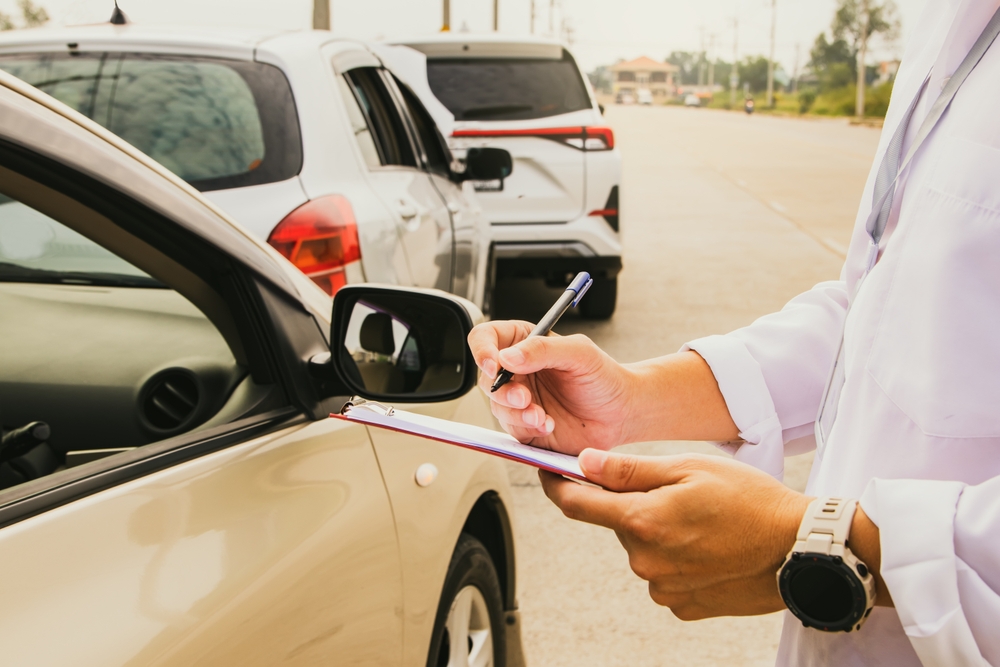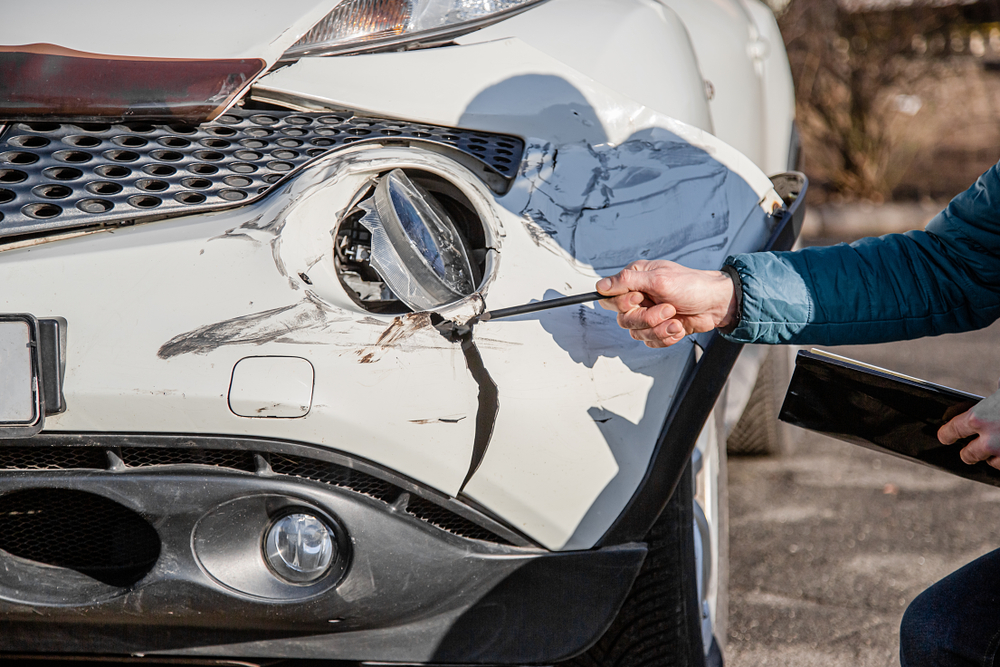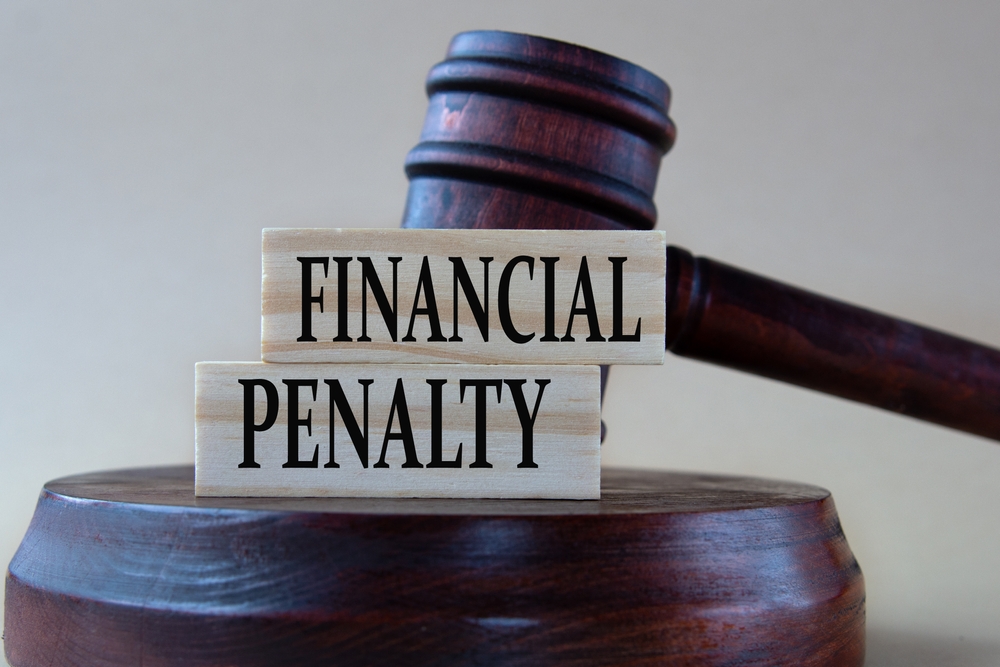A car accident is stressful enough. Learning that an uninsured at-fault driver crashed into you adds another layer of complexity and worry to an already challenging situation. The natural question arises: Is it worth suing an uninsured driver? The answer isn't always straightforward. To navigate this situation and make a fair claim, consulting with a Vero Beach car accident attorney is crucial.
Understanding the Challenge

When you're involved in an accident with an insured driver, the usual course of action involves claiming their insurance policy. This approach provides a clear path to recovering damages, from medical expenses to car repairs. However, this direct route is only available when the driver has insurance.
Suing an uninsured driver means that even if you win the lawsuit, you might need to collect damages from someone who may not have the means to pay. After all, if they cannot afford car insurance, they might not have the assets or income to cover your damages.
Schedule A Consultation Today!
Exploring Other Avenues
While the immediate outlook might seem bleak, you can explore other sources of liability or avenues:
Your Insurance: Uninsured or Underinsured Motorist Coverage
One of the lifelines available to victims in accidents involving uninsured drivers is their insurance policy. Many states require or offer the option for drivers to buy uninsured or underinsured motorist (UM/UIM) coverage. This special provision aims to protect drivers in cases where the at-fault party lacks sufficient insurance.
There might be limits on the claimable amount or specific conditions that can activate the policy. For example, if you suffered $20,000 in damages, but your UM/UIM coverage has a cap of $15,000, you'll need to explore other avenues for the remaining $5,000. The silver lining here is that this coverage provides an immediate source of relief, especially when your alternative is chasing payment from a person with limited assets.
Employer Liability: When Work and Fault Intersect
In certain cases, the line of responsibility doesn't end with the individual driver. If the uninsured driver participated in work-related activities during the accident, their employer can bear some, if not all, liability. Businesses often have more substantial insurance policies or assets, making compensation prospects more promising for victims.
Consider the example of a delivery driver. If they rush to make a delivery, drive negligently, and subsequently cause an accident, legal action might involve the company they represent.
Other Responsible Parties
At times, the liability might extend beyond the uninsured driver. Often overlooked external factors can play significant roles in causing accidents. Defective traffic signals serve as a prime example.
Imagine an intersection where the traffic light malfunctions, signaling green in all directions. If an uninsured driver collides with you in this scenario, the agency or entity responsible for maintaining the signal might share the blame.
Similarly, hazardous road conditions, like potholes or inadequate signage, can precipitate accidents. City or state agencies, or even construction companies, might be held accountable in such situations. Identifying and pursuing these entities can provide a more viable route for compensation.
Proactive Steps for Drivers: Protecting Yourself Against the Uninsured
An accident with an uninsured driver can drain you emotionally and financially. Instead of finding yourself unprepared in such a situation, take a few proactive steps to protect yourself against potential challenges.
Regularly Review and Update Insurance Coverage
It's easy to set up an insurance policy and forget about it, trusting it will cover all events. However, circumstances change, and what seemed like enough coverage a few years ago might not cut it today.
Make it a habit to review your policy annually or after significant life changes, like purchasing a new vehicle or moving to a different state. Doing so ensures that your coverage aligns with your current needs and offers comprehensive protection.
Understand the Specifics of UM/UIM Policies
Uninsured/Underinsured Motorist coverage can be a lifesaver when dealing with drivers without adequate insurance. This provision fills the gap of absent or insufficient third-party coverage.
Familiarize yourself with the specifics of your UM/UIM policy. How much does it cover? Are there any specific conditions or deductibles? By understanding these details, you can be better prepared to use this coverage efficiently.
Consider Additional Coverage Options
While basic insurance might cover the essentials, several additional options can provide an extra layer of protection. Collision coverage, for instance, ensures that damages to your vehicle are covered, regardless of who's at fault. Medical payment coverage, often referred to as MedPay, can take care of medical bills, often up to a predetermined limit, without needing to determine fault.
Exploring these additional coverages can be a wise investment for those looking for peace of mind when hitting the road. They can bridge the financial gap and alleviate the stress often accompanying accidents with uninsured drivers.
Understanding No-Fault Insurance States

Regarding car insurance, no-fault might sound misleading. It's not a catch-all for careless driving but rather a method of handling car accident claims aimed at streamlining the process.
What No-Fault Insurance Means
In no-fault insurance states, after an accident, each person involved turns to their insurance provider for compensation, regardless of who was at fault. This system ensures that your insurance covers your medical bills and out-of-pocket costs up to your PIP policy's limit without determining who caused the accident.
Impacts on Claims Against Uninsured Drivers
So, where does the no-fault system leave us in encounters with uninsured drivers? On the upside, no-fault insurance can act as a buffer. If an accident involves an uninsured driver, there's no need to chase the other party for compensation since your insurance should handle your expenses up to your policy limits.
However, challenges arise. While no-fault policies generally address medical expenses, they might not fully cover other damages, such as pain and suffering or property damage.
If the costs exceed the set policy limits or significant non-medical damages emerge, you might still need to pursue legal action against the uninsured party or seek other compensation sources.
Benefits and Drawbacks of No-Fault Systems
One of the main advantages of the no-fault system is the speed of compensation. Victims don't need to wait for insurance companies to debate and determine fault; that can often be a prolonged ordeal.
The immediate processing of claims means compensation reaches the affected parties more swiftly. Also, the system aims to decrease the number of lawsuits resulting from car accidents. With each party's insurance shouldering their damages (up to the policy's limit), the impetus to sue the opposing driver diminishes.
On the flip side, the no-fault approach has its limitations. The potential ceiling on compensation is a big concern. Victims with extensive injuries or damages that eclipse their policy limits might find themselves inadequately compensated unless they resort to the legal system.
Additionally, insurance premiums in no-fault states can sometimes be more expensive. Insurance companies might set higher premiums than at-fault states because they must pay for damages irrespective of fault.
The Value of Legal Advice
Given these complexities, the best action is always to call a car accident lawyer. They can provide insights tailored to your specific situation. The uninsured driver may not be worth pursuing, but perhaps there's another avenue for compensation you haven't considered.
Legal professionals can guide you through the possibilities, ensuring you're making informed decisions. One of the potential deterrents for many seeking legal assistance is the perceived cost.
However, many personal injury attorneys operate on a contingency fee basis. This means they only charge a fee if you win your case. It's a win-win scenario: you receive top-notch legal representation without any upfront financial burden, and the attorney is motivated to secure your best possible outcome. This fee structure ensures that every victim, regardless of financial standing, can access the justice they deserve.
The Legal Implications for Uninsured Drivers

Driving without insurance is not only a gamble with financial security but also a direct violation of the law in many jurisdictions. The consequences of being caught driving uninsured, or worse, being involved in an accident without insurance, can be severe and far-reaching. Here's a closer look at the potential repercussions:
Financial Penalties
The most immediate consequence for uninsured drivers, especially when caught during routine traffic stops, is often a fine. These fines can range from a few hundred to several thousand dollars, depending on the state or country's specific regulations.
License Suspension
Driving is a privilege, not a right. As such, authorities can revoke that privilege if a driver violates insurance requirements. Many states will suspend uninsured people's driver's licenses, either for a set period or until they provide proof of insurance. This suspension affects the driver's
mobility and can also impact their livelihood, especially if driving is a key aspect of their profession.
Increased Insurance Premiums
Ironically, once an uninsured driver decides to become insured, they might find their past returning to haunt them. Having a record of driving without insurance can label you as a high-risk driver in the eyes of insurance companies, leading to significantly higher premium rates when you finally get coverage.
Civil Liability
If an uninsured driver is at fault in an accident, they're personally liable for all damages. The injured party can sue the uninsured driver for medical expenses, property damage, and other related costs. Without the buffer of insurance, this can lead to devastating financial consequences, potentially culminating in bankruptcy.
Strategies for Collecting from Uninsured Drivers
You might feel you've reached a financial dead-end when involved in an accident with an uninsured driver. How do you collect damages from someone who doesn't have insurance coverage to handle the costs?
Several strategies can extract compensation, even from those who seem financially strapped. Here are some methods that have proven effective.
Income Garnishments
One of the most direct ways to collect from an uninsured driver is through income garnishment. If a court rules in favor of the victim and the uninsured driver cannot pay the damages upfront, the court might order a portion of the driver's income to go to the victim until the at-fault party settles the debt. This ensures a consistent flow of payments, albeit in increments, directly from the debtor's salary.
Liens on Property
If the uninsured driver owns property, such as a house or land, the court can place a lien on that property. A lien acts as a claim on the property, preventing the owner from selling or refinancing it without first settling the owed debt. Once the property is sold or refinanced, the owed amount is taken from the proceeds and paid to the victim.
Structured Settlements
When paying a lump sum is not feasible for the uninsured driver, both parties might agree to a structured settlement. This arrangement allows the debtor to make regular payments over a set period, making it more manageable while ensuring the victim receives the full compensation over time. These payments can be monthly, quarterly, or annually, based on the agreement. 1.
Asset Seizure
Beyond income and property, authorities can seize and sell other assets belonging to uninsured drivers to cover the damages. This can include vehicles, valuable items, or even bank account funds. However, asset seizure is typically a last resort subject to specific regulations, ensuring the debtor is not left entirely destitute.
Payment Plans
Sometimes, the most straightforward solution is the most effective. Both parties can devise a payment plan tailored to the uninsured driver's financial situation. This method avoids further legal entanglements and offers flexibility. For instance, the insurance company can adjust the payment terms if the uninsured driver encounters financial hardships.
Third-Party Collections

Victims can turn to third-party collection agencies if direct collection efforts prove unsuccessful. These agencies specialize in recovering debts and have various tools and strategies. However, these agencies typically take a percentage of the recovered amount as their fee.
Speak with a Car Accident Lawyer About Your Options
So, is it worth suing an uninsured driver? Maybe. It's certainly worth exploring all potential options. With the right legal advice, you can determine the best path forward, maximizing your chances of fair compensation, not left shouldering the burden of someone else's mistake.
